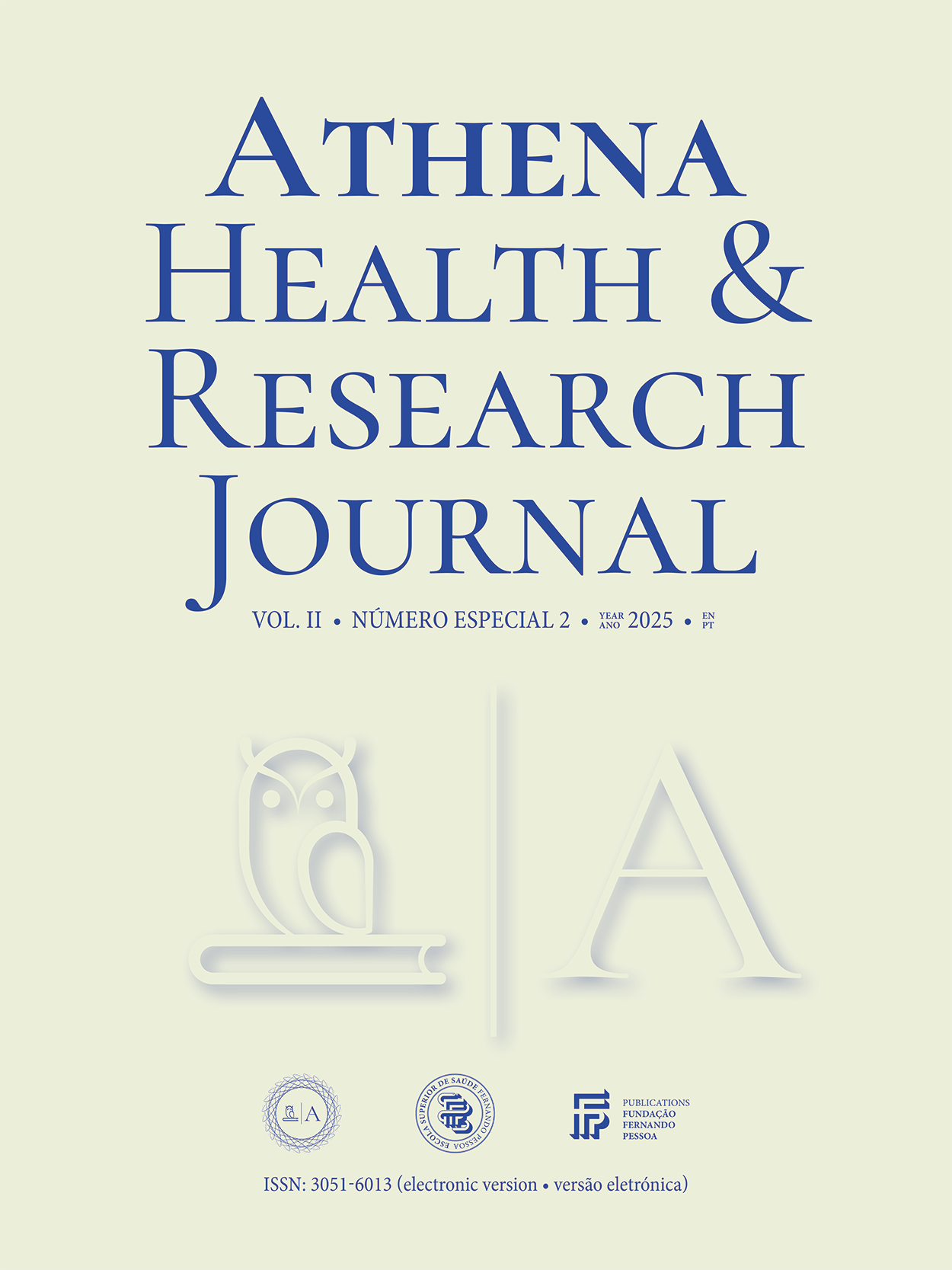Is botulinum toxin effective in all muscle groups of the perioral region? clinical study
DOI:
https://doi.org/10.62741/ahrj.v2iSuppl.%202.107Keywords:
orofacial harmonization, botulinum toxin, self-perception, perioral regionAbstract
Introduction: Botulinum toxin is widely used to modulate muscle activity in the perioral region for the treatment of orofacial dysfunctions, gummy smile, and to reduce dynamic or static wrinkles. Its application aims to relax muscles such as the levator of the upper lip, orbicularis oris (upper portion), mentalis, and depressor anguli oris, providing both aesthetic and therapeutic benefits.
Objective: The results of the research study are presented, comparing the clinical outcomes with those described in the literature following the application of botulinum toxin protocols.
Methodology: Cross-sectional research study, approved by the Ethics Committee of Fernando Pessoa University. A total of 41 individuals were evaluated. Initially, muscle alterations resulting in a gummy smile or dynamic/static wrinkles in the region of the orbicularis oris (upper portion), depressor anguli oris, or the mentalis area were observed. For the application of botulinum toxin, four groups were considered: gummy smile (botulinum toxin in the levator labii superioris and zygomaticus minor muscles to reduce gingival exposure greater than 3 mm), Menton (botulinum toxin in the mentalis muscle to reduce the “orange peel” effect), depressor anguli oris (botulinum toxin in this muscle to reduce marionette lines), and orbicularis oris (upper portion) (botulinum toxin in this muscle to reduce “barcode” wrinkles). After validation by the patient, data collection included a clinical questionnaire, photographic records, and application of botulinum toxin protocols. At the follow-up visit, 10 to 15 days after the procedure, photographic records were repeated. Inclusion criteria were: individuals aged between 20 and 70 years; residents in Portugal; without cognitive impairments and/or psychiatric disorders. Exclusion criteria were: patients with contraindications for botulinum toxin application, generalized muscle disease, or infection/ inflammation at the intervention site.
Results: A statistically significant reduction in muscle contraction was observed in the gummy smile, Menton, and depressor anguli oris groups. The group with the greatest magnitude of muscle activity reduction was the gummy smile group (100% efficiency), followed by the Menton group with 93% efficacy, and the depressor anguli oris group with 75% efficacy. In the orbicularis oris (upper portion) group, no changes were identified (0% efficacy).
Discussion: Botulinum toxin demonstrates efficacy in various facial applications, including the treatment of gummy smile, improving chin contour, optimizing facial symmetry, and softening the appearance of nasolabial folds. The safety profile of botulinum toxin is well-documented, with adverse effects generally being mild and self-limiting. In this study, no significant adverse events were reported.
Conclusions: Clinically, there is evidence of therapeutic success in three of the four groups evaluated. The reduction in muscle contraction in the gummy smile, Menton, and depressor anguli oris groups using botulinum toxin was statistically significant; however, no reduction in muscle contraction was identified in the orbicularis oris (upper portion) group. Likewise, the safety of the protocols used was confirmed.
References
NA
Downloads
Published
Issue
Section
License
Copyright (c) 2025 Athena Health & Research Journal

This work is licensed under a Creative Commons Attribution-NonCommercial 4.0 International License.
Copyright of published papers is assigned to the Journal, but all content is licensed under the terms of Creative Commons Non-comercial 4.0 International License. Thus users are allowed to read, download, copy, distribute, print, search, or link to the full texts of the articles, or use them for any other lawful purpose, without asking prior permission from the publisher or the author. This is in accordance with the BOAI definition of open access.














